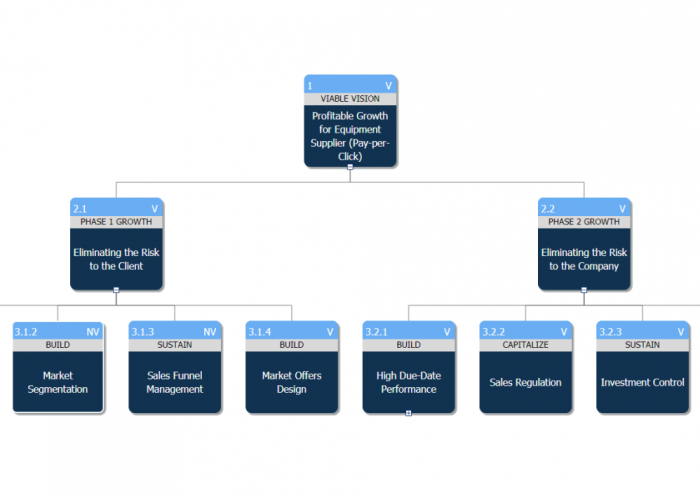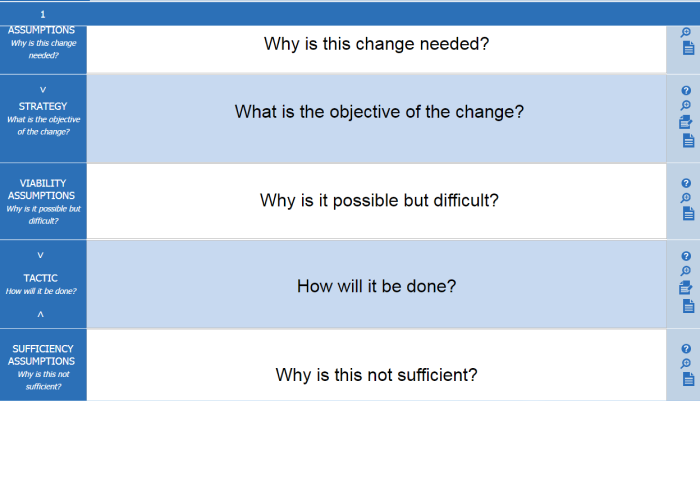Typically 70% of all the changes fail despite the fact that these were made with the best intent – either resulting in targeted improvement not being achieved and/or sometimes even causing damage. This also wastes the scarcest resource in organizations – our limited management attention. The solution to significantly improve the success rate of changes is simple but not easy –
- Align and maintain FOCUS of all stakeholders on the few high leverage changes needed to achieve more goal units and
- Receive and react quickly to FAST FEEDBACK on what worked and (as importantly) what did not so that bad assumptions can be challenged to ensure we don’t repeat the same mistakes.
The biggest obstacles to aligning and maintaining FOCUS and receiving and reacting quickly to FAST FEEDBACK include:
- Wasting scarce resources on changing the many things that CAN be improved (wrong changes) rather than the few high leverage ones that MUST be improved (right changes);
- Not clearly communicating and/or getting key stakeholder’s contribution to help validate the WHAT, HOW and WHY of each necessary change to secure stakeholder buy-in and ownership
- Not having a prioritized plan, sufficiently resourced to achieve desired outcomes without bad multi-tasking.
- Stakeholders losing focus by not following the plan and getting distracted
- Not learning from experience to reduce the time to detect and correct mistakes in assumptions
HARMONY, offers a better, faster and simpler way to reduce these mistakes by guiding YOU through a process to:
- Define the few right (high leverage) changes and their dependencies using the Strategy and Tactic (S&T) Tree format, qualify (and where possible quantify their financial) impact to check sufficiency. ( S&T DESIGN module )
- Define and Validate the WHAT, HOW and WHY of each change with stakeholders…and in the process identify and correct any bad assumptions ( S&T VALIDATION module )
- Plan the implementation to clearly communicate the priority and required contribution for execution to everyone to prevent bad multi-tasking and ensure synchronized execution ( S&T PLANNING module )
- Execute the S&T one-change-at-a-time and maintaining FOCUS through updating progress to see which strategies are not being achieved/which tactics are not implemented ( S&T EXECUTION module )
- Do more frequent Audit reviews to provide us with FAST FEEDBACK on identifying and resolving planning and execution conflicts that block achievement of strategies and or implementation of tactics ( S&T AUDIT module )
But what is Strategy and Tactic Trees and how can you use HARMONY to help you to design, validate, plan, execute and audit an S&T for your organization?
That is the question we hope to answer with “Harmony Web App Quick Start User Guide”
The development by Dr. Eli Goldratt, author of THE GOAL and creator of “Theory of Constraints” of a new “Theory of Constraints” based thinking process called “Strategic & Tactic Tree” (S&T) is probably “one of the most important breakthroughs in organizational strategy design, validation and communication over the last few decades. As with many breakthroughs, this breakthrough started with a simple question: What is “Strategy” and what is “Tactics” and is there really a one: many relationship between these?
Dr. Goldratt realized that the words “strategy” and “tactic” had to be defined more clearly than before. His new definitions were inherently simple, yet powerful. He proposed that “Strategy” was simply the answer to the question “What for?” (the objective of a proposed change) and “Tactic”, simply the answer to the question “How to?” (the details of a proposed change). From these definitions, it is clear that every Strategy (What for) should have an associated Tactic (How to) and vice versa and that therefore Strategy and Tactic must always exist as “pairs” and must exist at every level of the organization.
To better formulate and communicate “strategy” we really need to build a Strategy & Tactic (S&T) Tree, with each S&T node defining the “What for” and “How to” for the few high leverage changes we believe are necessary and sufficient to achieve organizational goals as well as the implementation sequence of these (left to right). But since any logical structure is only as valid as the assumptions on which it was based, the S&T tree should also include the assumptions of why each change is necessary, why (under what conditions) it is possible and lastly why it is sufficient.
The resulting S&T Tree structure is what HARMONY has been custom developed for to help us with S&T design, validation, planning, execution and auditing.
HARMONY contains a library of S&Ts developed by Dr. Goldratt which can be customized for creating a specific transformation plan for companies from industries including Manufacturing, Distribution and Projects. There is also a growing library of S&Ts submitted by HARMONY users from around the world for organizations such as High-Tech, Startups, Government Agencies, Hospitals etc.
The example below shows what a typical “transformational” Strategy & Tactic Tree looks like for a Projects based organization and how each change (each S&T node) is not only given a title, but is defined as “Actionable information” that can be validated by stakeholders by defining the WHAT, HOW and 3 WHY’s of each change.



